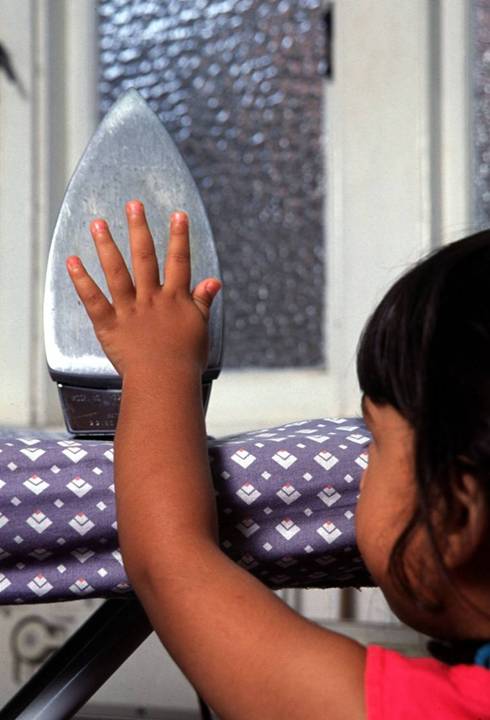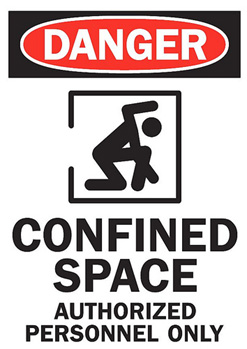 Many workplaces contain spaces that are considered “confined” because their configurations hinder the activities of employees who must enter, work in, and exit them. A confined space has limited or restricted means for entry or exit, and it is not designed for continuous employee occupancy. Confined spaces include, but are not limited to underground vaults, tanks, storage bins, manholes, pits, silos, process vessels, and pipelines. OSHA uses the term “permit-required confined space” (permit space) to describe a confined space that has one or more of the following characteristics: contains or has the potential to contain a hazardous atmosphere; contains a material that has the potential to engulf an entrant; has walls that converge inward or floors that slope downward and taper into a smaller area which could trap or asphyxiate an entrant; or contains any other recognized safety or health hazard, such as unguarded machinery, exposed live wires, or heat stress.
Many workplaces contain spaces that are considered “confined” because their configurations hinder the activities of employees who must enter, work in, and exit them. A confined space has limited or restricted means for entry or exit, and it is not designed for continuous employee occupancy. Confined spaces include, but are not limited to underground vaults, tanks, storage bins, manholes, pits, silos, process vessels, and pipelines. OSHA uses the term “permit-required confined space” (permit space) to describe a confined space that has one or more of the following characteristics: contains or has the potential to contain a hazardous atmosphere; contains a material that has the potential to engulf an entrant; has walls that converge inward or floors that slope downward and taper into a smaller area which could trap or asphyxiate an entrant; or contains any other recognized safety or health hazard, such as unguarded machinery, exposed live wires, or heat stress.
Category: Safety
Keep Children Safe From Burns
To prevent burns from fires:
- Be alarmed. Install and maintain smoke alarms in your home—on every floor and near all rooms family members sleep in. Test your smoke alarms once a month to make sure they are working properly.
- Have an escape plan. Create and practice a family fire escape plan, and involve kids in the planning. Make sure everyone knows at least two ways out of every room and identify a central meeting place outside.
- Cook with care. Use safe cooking practices, such as never leaving food unattended on the stove. Also, supervise or restrict children’s use of stoves, ovens, or microwaves.
To prevent burns from scalding water:
- Check water heater temperature. Set your water heater’s thermostat to 120 degrees Fahrenheit or lower. Infants who aren’t walking yet can’t get out of water that may be too hot, and maintaining a constant thermostat setting can help control the water temperature throughout your home—preventing it from getting too high.
Risk Management 365
![]() This is post number 365 since I launched this blog a year ago. To date we have had over 8000 views and growing every day.
This is post number 365 since I launched this blog a year ago. To date we have had over 8000 views and growing every day.
So what is Risk Management 365 anyway? It’s following a 5 step process of managing risk 365 days a year not just buying insurance once a year. Insurance is NOT risk management ! There is no amount of insurance that can reverse a serious injury or death of a father, grandmother, son or grandchild. We live in a dangerous unhealthy world but though education and support from committed employers and engaged employees and their families we are making a difference. How many people quit texting while driving or began a regular exercise program after reading about it in this blog? How many children now wear a helmet when riding their bike? How many people recognized the signs off a heart attack and got treatment? If you have I would love to hear from you.
Our mission is “Keeping employees and their families healthy and safe at home and at work.”
Learn more about Ottawa Kent and the Risk Management 365 process at www.ottawakent.com
Protect Your Coworker’s – Keep Them Safe
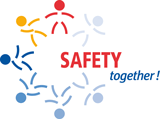 Protect coworkers from deadly distractions. Improve your own safety awareness. Have no regrets. These are just a few reasons why you should maintain a close watch on your fellow employees and ensure they are working safely.
Protect coworkers from deadly distractions. Improve your own safety awareness. Have no regrets. These are just a few reasons why you should maintain a close watch on your fellow employees and ensure they are working safely.
Here are five reasons employees should watch out for each other’s safety:
1. When you keep an eye on other people’s safety, your own safety awareness improves.
2. Even “safe” workers can get distracted.
3. We’re all at risk of occasional cognitive failure.
4. You’ll never have to regret that you could have said something but didn’t.
5. It’s just the right thing to do.
via Safety 2012: Be Your Coworker’s Keeper | Safety content from EHS Today.
The Danger of All Terrain Vehicles (ATVs)
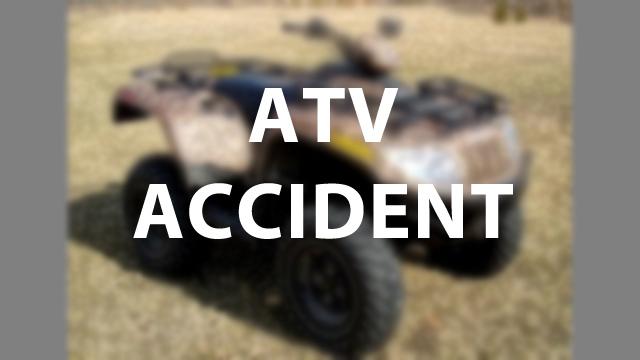 All terrain vehicles are popular off road vehicles used for a wide variety of work and recreational activities. Recently, the growing popularity of ATVs and the increasing size and power of the vehicles has led to concern over injury risk. The Consumer Product Safety Commission estimates that ATVs result in more than 100,000 emergency department visits annually, including more than 30,000 injuries for children under 16 years. During the past decade, more than 200 children died annually due to injuries sustained on ATVs. Children make up a disproportionate number of ATV injuries.
All terrain vehicles are popular off road vehicles used for a wide variety of work and recreational activities. Recently, the growing popularity of ATVs and the increasing size and power of the vehicles has led to concern over injury risk. The Consumer Product Safety Commission estimates that ATVs result in more than 100,000 emergency department visits annually, including more than 30,000 injuries for children under 16 years. During the past decade, more than 200 children died annually due to injuries sustained on ATVs. Children make up a disproportionate number of ATV injuries.
Don’t Text and Drive
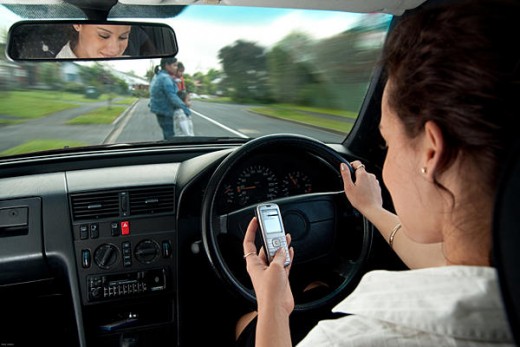 Texting and driving is a deadly combination. You are 23 times more likely to be in a crash texting while driving. The distraction caused by mobile phone use while driving impacts a driver’s reactions equivalent to driving under the influence. A recent University study found “using a cell phone while driving – whether it’s handheld or hands-free – delays a driver’s reactions as much as having a blood-alcohol concentration of 0.08. The legal limit for drivers 21 and over in all states.” Another study found that 4 out of every 5 accidents (80%) are attributed to distracted drivers. In contrast, drunk drivers account for roughly 1 out of 3 (33%) of all accidents nationally.
Texting and driving is a deadly combination. You are 23 times more likely to be in a crash texting while driving. The distraction caused by mobile phone use while driving impacts a driver’s reactions equivalent to driving under the influence. A recent University study found “using a cell phone while driving – whether it’s handheld or hands-free – delays a driver’s reactions as much as having a blood-alcohol concentration of 0.08. The legal limit for drivers 21 and over in all states.” Another study found that 4 out of every 5 accidents (80%) are attributed to distracted drivers. In contrast, drunk drivers account for roughly 1 out of 3 (33%) of all accidents nationally.
Process Safety Management
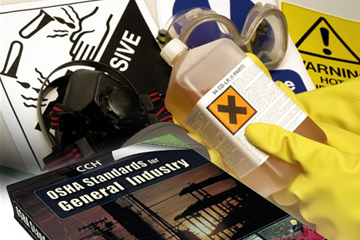 Unexpected releases of toxic, reactive, or flammable liquids and gases in processes involving highly hazardous chemicals have been reported for many years in various industries that use chemicals with such properties. Regardless of the industry that uses these highly hazardous chemicals, there is a potential for an accidental release any time they are not properly controlled, creating the possibility of disaster.
Unexpected releases of toxic, reactive, or flammable liquids and gases in processes involving highly hazardous chemicals have been reported for many years in various industries that use chemicals with such properties. Regardless of the industry that uses these highly hazardous chemicals, there is a potential for an accidental release any time they are not properly controlled, creating the possibility of disaster.
Walking Safety Rules
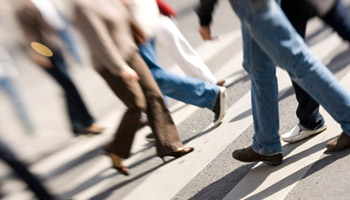 To stay safe walking, follow these rules of the road:
To stay safe walking, follow these rules of the road:
- Walk Facing Traffic: If there is no sidewalk and you must walk on the side of the road, choose the side where you are facing oncoming traffic. In North America, this is the left side of the road. This gives you the best chance to see traffic approaching closest to you and take evasive action when needed.
- Cross Safely: Mom was right: look both ways before crossing any street. At controlled intersections, it is wise to cross only when you have the pedestrian crossing light, but even then, drivers and bikers may have a green light to turn and won’t be expecting you to be in the crosswalk. Make eye contact with any drivers who may be turning. Give them a wave. Make sure they see you. In a car-walker interaction, you can only lose.
- Walk Single File: Unless you are on a sidewalk separated from the road or a wide bike lane, you should walk in single file. This is especially important on a road with lots curves, where traffic has only a split second chance of seeing you before hitting you. While it can be enjoyable to walk down the road two to three abreast chatting merrily, drivers don’t expect it and you may lose your best walking buddies.
- Stay Aware of Bikes and Runners: Share the road and path with bikes and runners. Bike riders should alert you when approaching from behind with a bike bell or a “passing on the left/right.” Listen for them, and move to walk single file, allowing them to pass safely. Runners should also call out for passing. Bike-walker collisions can result in broken bones or head injury for either — and you aren’t wearing a helmet.
- Be Visible: Wear bright colors when walking in daytime. When walking at night, wear light-colored clothing and reflective clothing or a reflective vest to be visible. Drivers are often not expecting walkers to be out after dark, and you need to give them every chance to see you, even at street crossings that have crossing signals. Be just as cautious at dawn or twilight, as drivers still have limited visibility or may even have the setting or rising sun directly in their eyes.
- Be Predictable: Make a practice of staying on one side of the path while walking rather than weaving randomly from side to side. Watch your arm motions, or you may end up giving a black eye to a silently passing walker, runner or biker.
- Keep the Volume Down: Don’t drown out your environment with your iPod. Keep the volume at a level where you can still hear bike bells and warnings from other walkers and runners. Your audiologist will also thank you.
- Hang Up and Walk: Chatting on a cell phone while you walk is as dangerous as chatting while driving. You are distracted and not as aware of your environment. You are less likely to recognize traffic danger, passing joggers and bikers or tripping hazards. Potential criminals see you as a distracted easy target.
- Walk Dogs on Short Leashes: I’ve seen many tragedies of dogs running out in to traffic or getting into a fatal dog fight either off leash or on a very long leash. Don’t trip up other walkers or bikers with poor control of your pet. Keep your pet and yourself safe by learning proper leash walking.
- Know When to Stop Walking: Heat sickness, dehydration, heart attack or stroke can strike walkers of any age. Learn the symptoms of medical emergencies and carry a cell phone to dial 911.
- Be Aware of Stranger Danger: Choose your walking route for paths frequented by other walkers, joggers and bikers. If you see someone suspicious, be prepared to alter your course or go in to a store or public building to avoid them. Acting alert and aware can convince bad guys to choose an easier target.
via Walking Safety Rules.
Parents, Watch Out for YouTube “Challenges”
 The internet has changed our lives…we use it all the time, and our kids do, too. I don’t even own a hard copy phone book or map anymore. Our kids use it for their homework, entertainment, and I like that they can find how-to videos on just about anything. But about those videos…The downside of video sharing sites most notably, YouTube and sometimes the Internet in general, is that they give kids ideas about not-so-smart stunts that they may end up trying on their own. They’re usually called “challenges.” Some of them are just… well, disgusting, like trying to drink a gallon of milk in an hour you can probably guess what happens. But some of them are truly dangerous and deadly.
The internet has changed our lives…we use it all the time, and our kids do, too. I don’t even own a hard copy phone book or map anymore. Our kids use it for their homework, entertainment, and I like that they can find how-to videos on just about anything. But about those videos…The downside of video sharing sites most notably, YouTube and sometimes the Internet in general, is that they give kids ideas about not-so-smart stunts that they may end up trying on their own. They’re usually called “challenges.” Some of them are just… well, disgusting, like trying to drink a gallon of milk in an hour you can probably guess what happens. But some of them are truly dangerous and deadly.
What is “Fall Protection” and why is it so important?
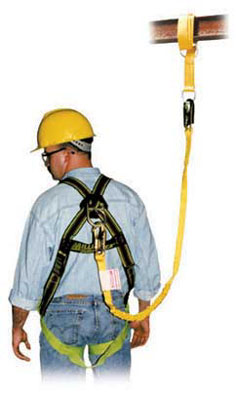 The leading cause of worker fatalities in construction work is from falls. In addition to the over 100 deaths per year caused by falls thousands more construction workers are injured each year by them, according to OSHA statistics. Therefore, the issues of fall protection and training are often large issues in construction site accident litigation.
The leading cause of worker fatalities in construction work is from falls. In addition to the over 100 deaths per year caused by falls thousands more construction workers are injured each year by them, according to OSHA statistics. Therefore, the issues of fall protection and training are often large issues in construction site accident litigation.
via What is “Fall Protection” and why is it so important? – Starr Austen & Miller LLP.

